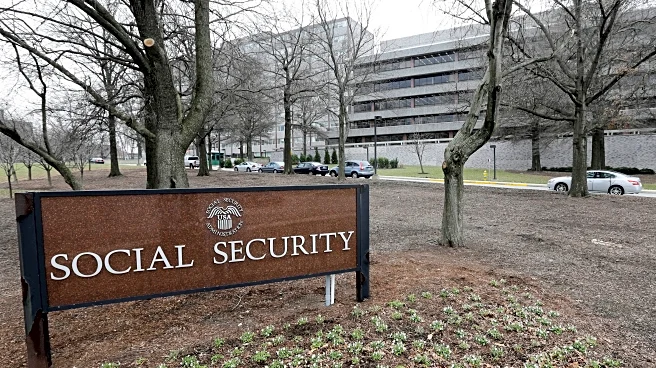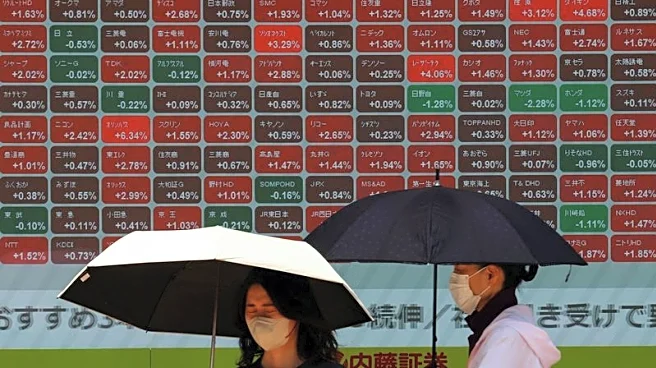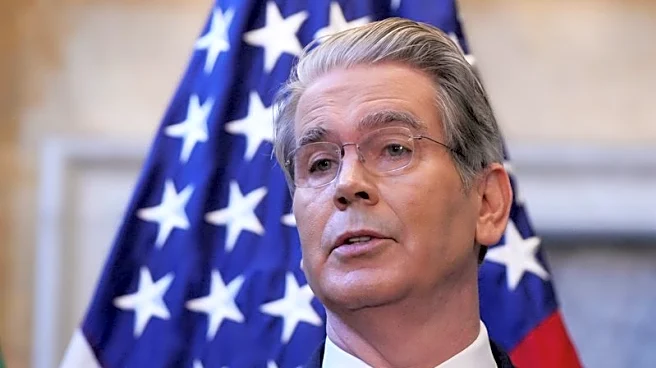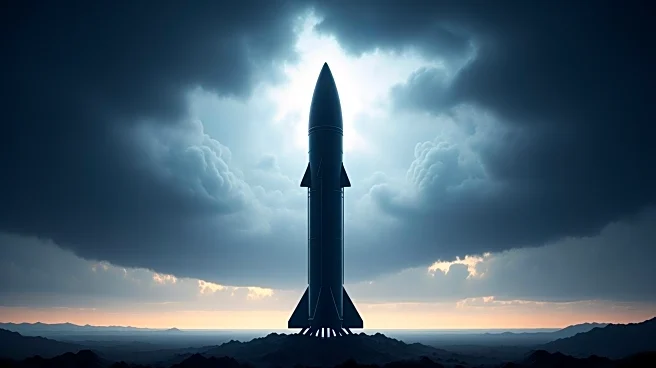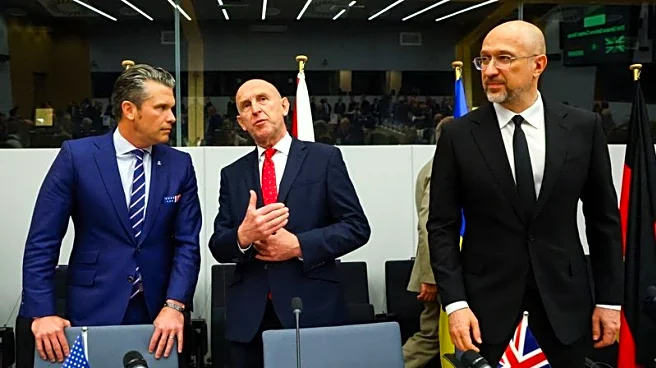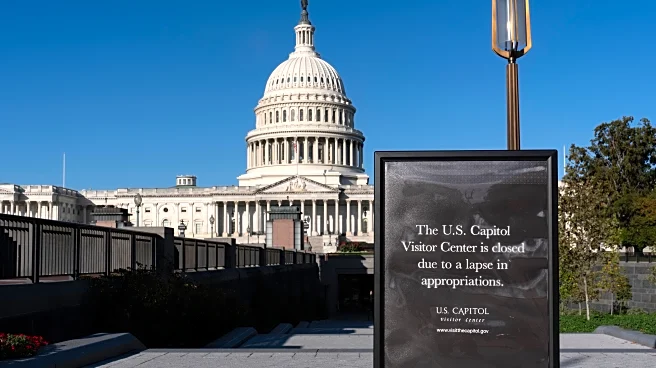What's Happening?
North Korea has unveiled the Hwasong-20, a new intercontinental ballistic missile (ICBM) believed to be nuclear-capable, during a military parade marking the 80th anniversary of the Workers' Party of Korea. This development highlights Kim Jong Un's expanding
missile arsenal, which poses a growing threat to the United States and its allies. The Hwasong-20 reportedly uses solid fuel, allowing for quicker launches and making detection more difficult. Despite boasting advanced capabilities, experts suggest North Korea still faces technical challenges in missile guidance and warhead reentry. The U.S. Director of National Intelligence has indicated that Kim Jong Un will continue to prioritize missile development to evade U.S. defenses.
Why It's Important?
The unveiling of the Hwasong-20 underscores the ongoing instability in Northeast Asia, driven by North Korea's nuclear ambitions. This development has prompted U.S. allies like South Korea to strengthen security ties with Washington and Tokyo. The missile's potential to reach the continental U.S. raises significant security concerns, as it could alter the strategic balance in the region. The situation is further complicated by allegations of Russian assistance to North Korea in exchange for support in the Ukraine conflict, which could enhance Pyongyang's missile capabilities.
What's Next?
Analysts expect North Korea to test the Hwasong-20 before the end of 2025, potentially escalating tensions further. U.S. intelligence suggests Pyongyang may conduct its first nuclear test since 2017, maintaining its nuclear arsenal as a constitutional priority. Dialogue with Washington remains unlikely unless the U.S. abandons its denuclearization demands, perpetuating the stalemate on the Korean Peninsula.
Beyond the Headlines
The development of the Hwasong-20 raises ethical and legal questions about international arms control and non-proliferation efforts. North Korea's continued missile advancements challenge global norms and could trigger a regional arms race, impacting long-term geopolitical stability.


